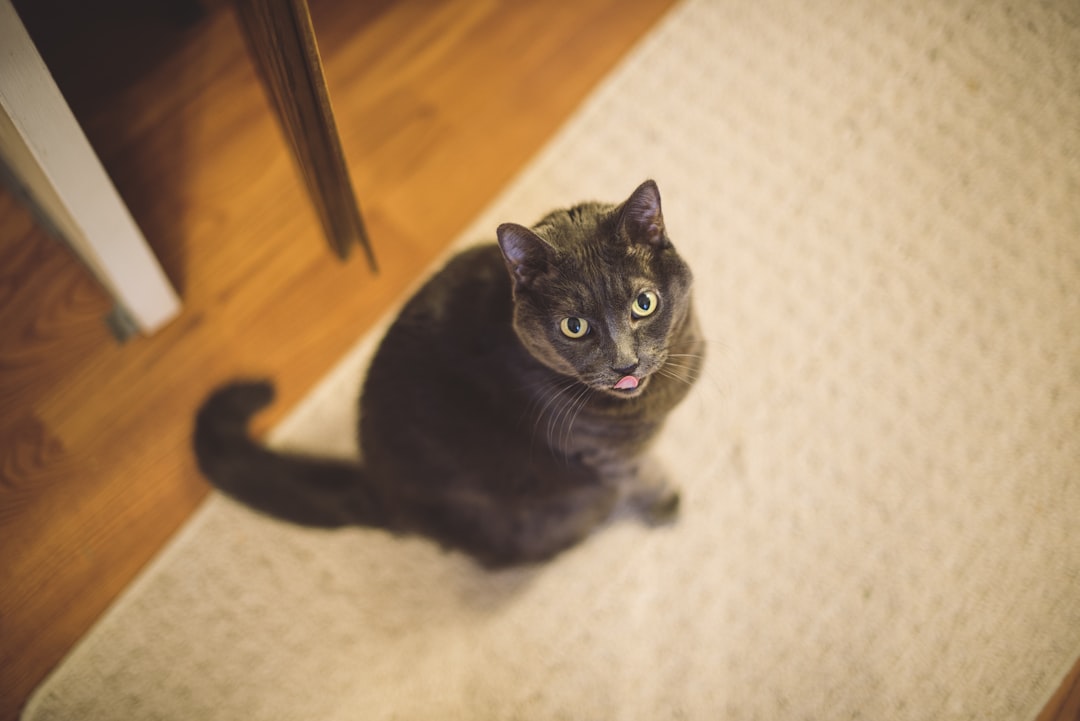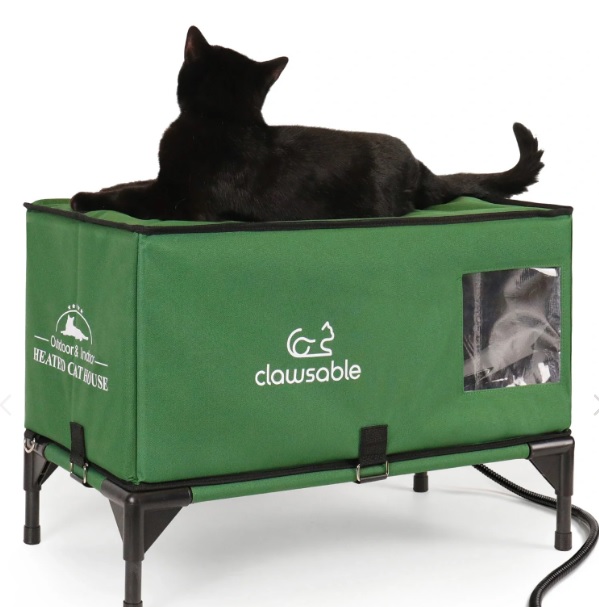Have you ever wondered if your feline friend is sneaking a midnight snack or gobbling down twice the dinner? Enter the microchip cat feeder, your new best ally in feline nutrition management! With a clever blend of technology and practicality, these innovative gadgets ensure your cat devours exactly what they need—no more, no less. Get ready to dive into the world of microchip cat feeders, where the days of guessing your kitty’s portion sizes are officially over!
Understanding Microchip Technology in Cat Feeders
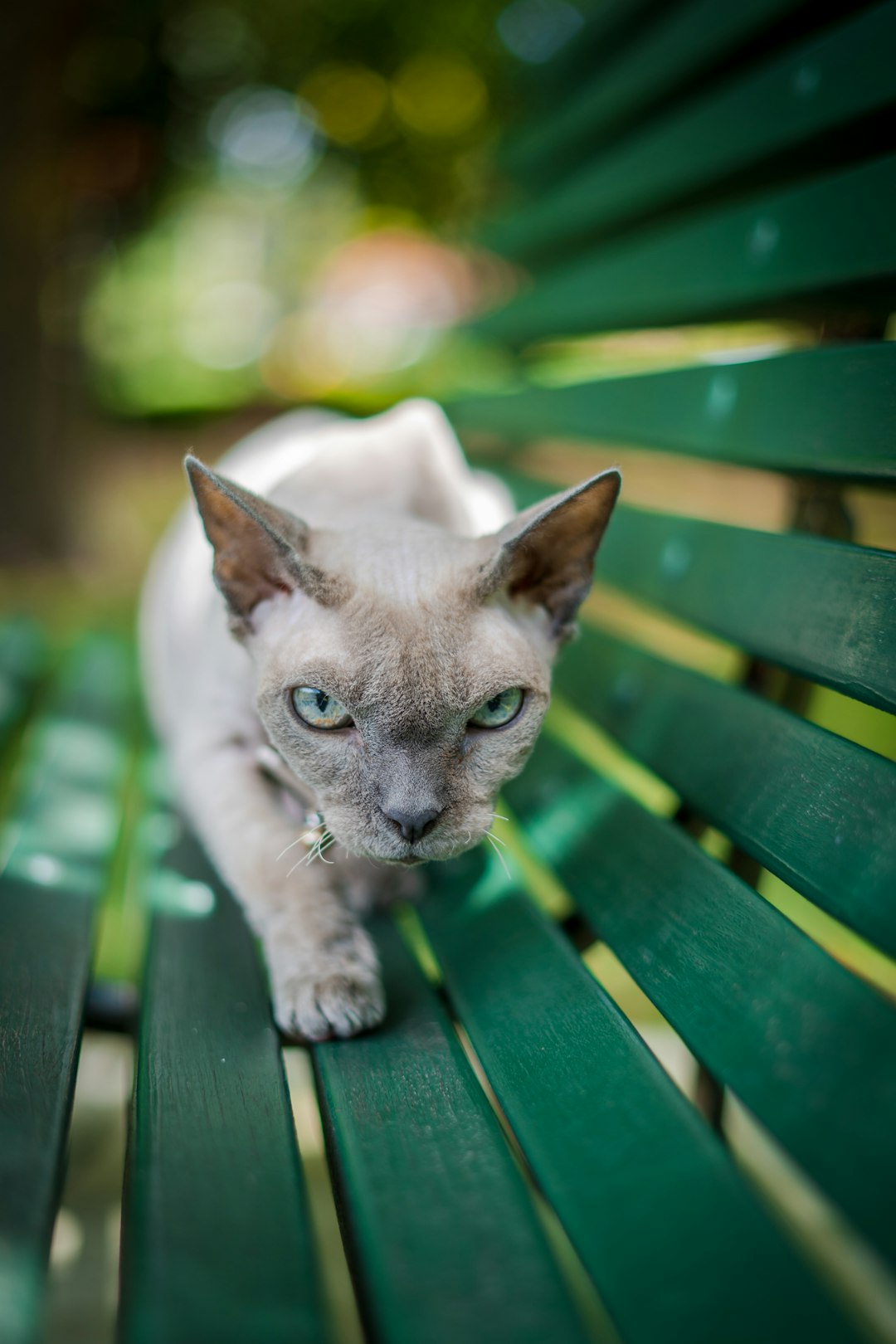
Microchip technology in cat feeders may sound futuristic, but it’s as practical as it is innovative. So, let’s dive into the techy world of the microchip cat feeder without needing a Ph.D. in engineering.
- What Is It?: A microchip cat feeder uses a unique microchip or RFID collar tag to identify your cat, ensuring only the chosen feline gets access to the food. This means no more food-stealing housemates!
- How Does It Work?: When your cat approaches the feeder, the microchip activates and opens the feeding door just for them. It’s like having a VIP entrance for your kitty!
- Why Use It?:
- Portion Control: Regulate how much your cat eats, preventing obesity.
- Saves Food: No more wondering who’s hoovering up extra kibble.
- Stress-Free Eating: Some pets get anxious when sharing; a microchip cat feeder ensures a peaceful mealtime.
In summary, the microchip cat feeder doesn’t just serve food; it serves it with style and efficiency. Who knew feeding your cat could be so high-tech?
Benefits of Using a Microchip Cat Feeder
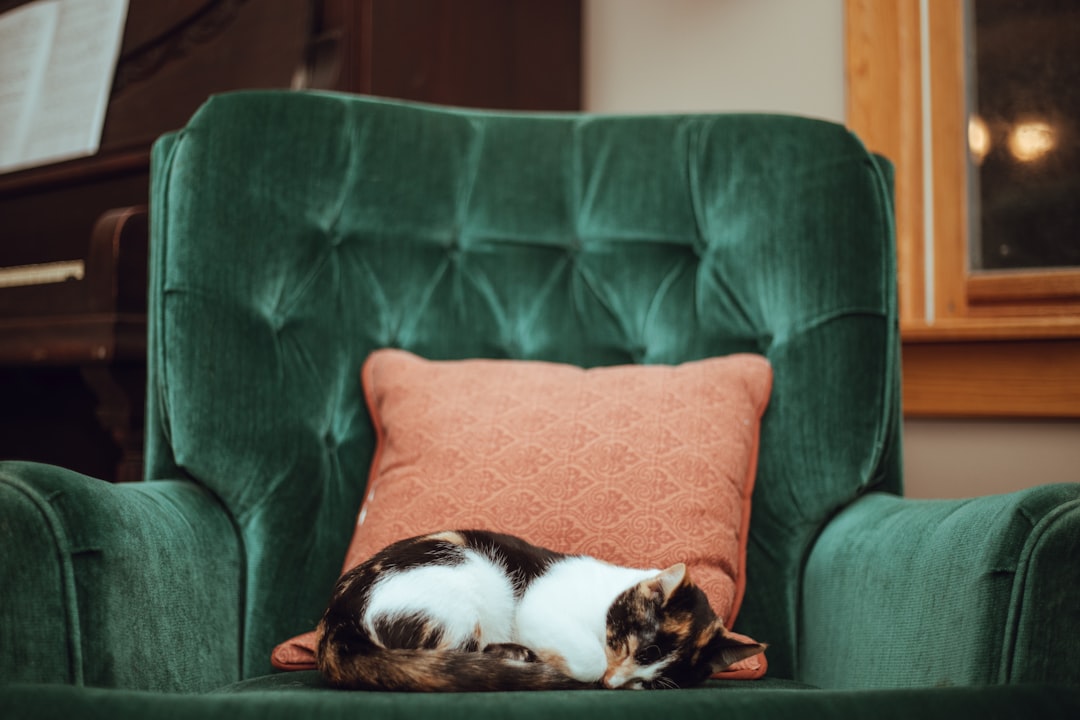
When it comes to your feline friend’s dining experience, a microchip cat feeder is like the VIP lounge of cat feeding! Here’s why upgrading to one is a purr-fect choice:
- Portion Control: Say goodbye to those pesky food hogs! A microchip cat feeder serves precise portions based on your cat’s needs, helping to maintain their ideal weight.
- Exclusivity: Only your cat (or cats registered) access the food. This feature prevents sneaky snacks by other pets – it’s an all-access pass for your kitty, while others stand outside meowing in envy!
- Convenience: Set it and forget it! You can schedule feeding times, ensuring your cat eats at the right intervals, even when you’re not home.
- Health Tracking: Monitor your cat’s eating habits effortlessly. The feeder often logs meals, making it easier to share crucial information with your vet.
In a nutshell, a microchip cat feeder simplifies feeding time while keeping your cat healthy and happy. Now doesn’t that sound delightful?
How Microchip Cat Feeders Work
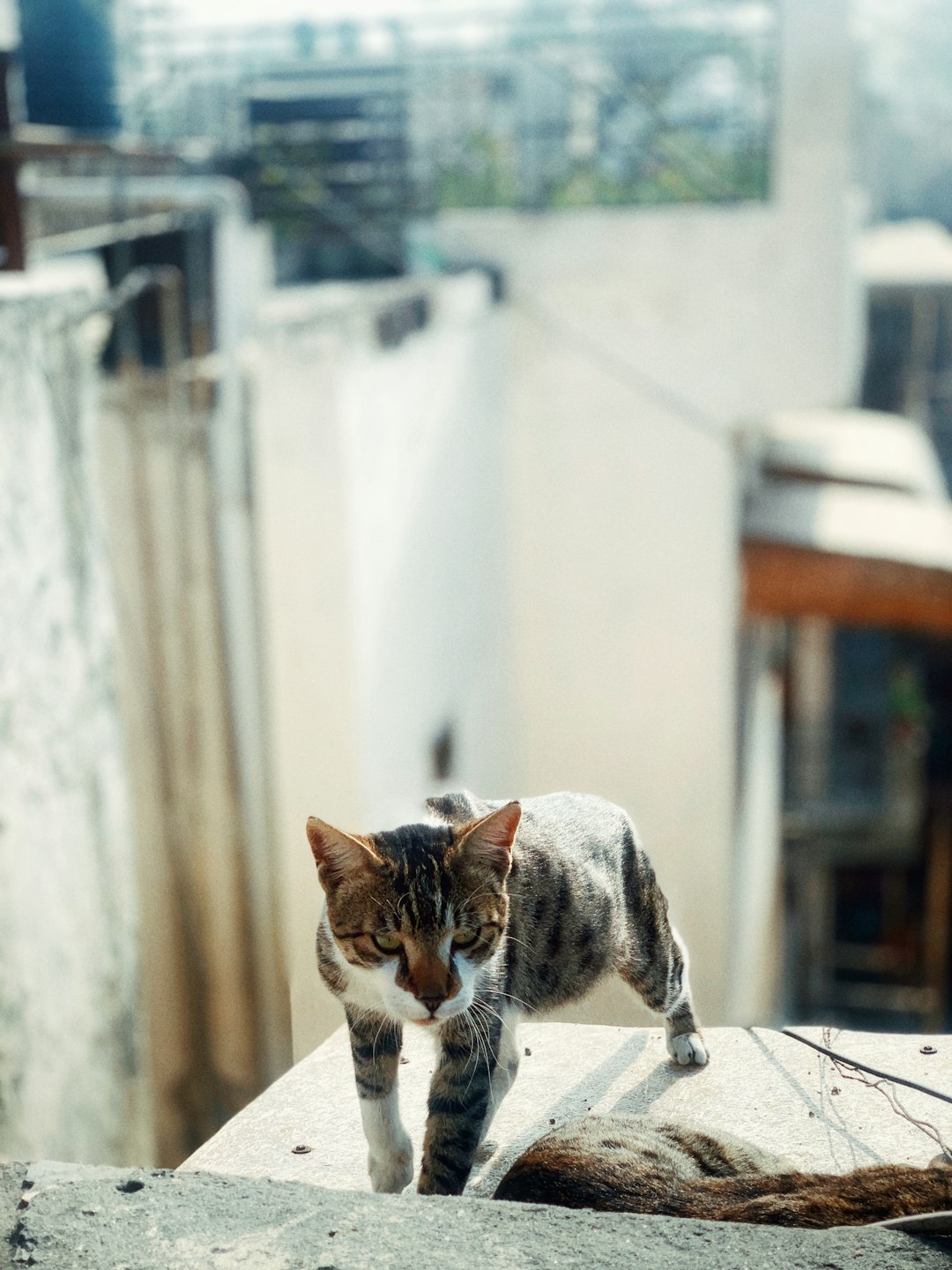
So, how does this magical microchip cat feeder actually work? It’s simpler than you might think! Allow me to break it down for you with a sprinkle of wit and a dash of charm:
- Microchip Recognition: Each feeder comes equipped with a scanner that recognizes your cat’s unique microchip. Essentially, it’s like your cat having a VIP pass to a gourmet buffet!
- Controlled Access: Only the registered kitty can access the food, while other furry guests are politely turned away. No more loveable thieves raiding the pantry!
- Portion Control: Microchip cat feeders dispense precise portions, which means the feeding process is as streamlined as a well-oiled catnip machine.
- App Connectivity: Some feeders even connect to your smartphone, allowing you to monitor feeding times and portions remotely. Check in on your feline’s dining habits while you’re at brunch!
In summary, a microchip cat feeder keeps your furry friend happy, healthy, and well-fed, all while maintaining the peace in your home. Who knew high-tech could be this pawsome?
Setting Up Your Microchip Cat Feeder
Setting up your microchip cat feeder is a breeze! With just a few simple steps, you’ll have your kitty dining in style and comfort. Let’s get the ball rolling:
- Read the Instructions: Always a good idea! Familiarize yourself with the specific model you own.
- Register Your Cat’s Microchip: Ensure your cat’s microchip is registered (or if they don’t have one, consider a collar tag for identification). The feeder will recognize this unique ID.
- Program the Feeder:
- Identify Cats: Input your pet’s microchip details into the feeder.
- Feeding Schedule: Set specific times for meals based on your cat’s needs.
- Portion Control: Adjust the portion size according to your cat’s dietary requirements.
- Test the System: Before regular use, run a test to ensure the feeder unlocks at feeding time!
- Monitor and Adjust: Keep an eye on your cat’s eating habits through the feeder’s app or display and fine-tune settings as needed.
By mastering these steps, your microchip cat feeder will become a reliable assistant in keeping your furball healthy and happy!
Monitoring Your Cat’s Eating Habits
When it comes to ensuring your feline friend maintains a healthy weight, a microchip cat feeder serves as your trusty sidekick. Not only does it dish out the right portions, but it also keeps a meticulous log of your cat’s eating habits. Here’s how this tech-savvy feeder keeps you in the loop:
- Real-time Data: Most microchip cat feeders connect to an app, allowing you to view your cat’s feeding history at a glance.
- Eating Patterns: Discover if your kitty is a grazer or prefers to dive into a feast. Spotting these trends can help you adjust portions, preventing overeating or undernourishment.
- Notifications: Receive alerts if your pet misses a meal or if the food level is running low, ensuring you never have a hungry kitty on your hands.
Here’s a quick comparison of the monitoring capabilities of popular microchip cat feeders:
| Feeder Model | App Connectivity | Feeding History | Notifications |
|---|---|---|---|
| Model A | Yes | Yes | Yes |
| Model B | Yes | Only recent | Yes |
| Model C | Yes | Yes | No |
In the game of pet parenting, a microchip cat feeder gives you a winning edge by keeping tabs on your furry friend’s dining habits. Who knew technology could be so purrfect?
Customizing Feeding Schedules and Portions
Creating the perfect dining experience for your feline friend is just a few taps away with a microchip cat feeder. These devices not only keep your cat’s meals fresh and secure, but they also let you customize feeding schedules and portions to meet their unique needs. Here’s how you can tailor the settings:
- Feeding Schedules:
- Set specific meal times to encourage a routine.
- Choose to feed your kitty multiple small meals or one big feast per day.
- Portion Control:
- Select appropriate portion sizes based on your cat’s dietary requirements.
- Adjust servings easily to accommodate any weight changes or vet recommendations.
Comparing configurations with a microchip cat feeder lets you keep your cat’s health in check while keeping their food bowl filled just enough.
Here’s a quick comparison of some common settings you might use:
| Feature | Feeding Frequency | Portion Size |
|---|---|---|
| 3 meals a day | 3 times daily | 1/4 cup each |
| 2 meals a day | 2 times daily | 1/2 cup each |
| 1 meal a day | Once in the evening | 1 cup |
With precise control over mealtime, your microchip cat feeder becomes a crucial tool in maintaining your cat’s health—your feline will thank you (in their own quirky way)!
Troubleshooting Common Issues with Microchip Feeders
Even the fanciest gadgets can sometimes throw a tantrum, and yes, that includes your microchip cat feeder. But don’t fret; let’s tackle some common hiccups with ease!
Here are a few issues you may encounter:
- Microchip Not Recognized:
- Ensure the microchip is scanned properly. Sometimes, it’s just a matter of repositioning.
- Feeder Jams:
- Clean the mechanism regularly. A little cat hair or kibble can cause quite the blockade!
- Portion Control Problems:
- If your feeder dispenses too little or too much, recalibrate the settings. It’s all about finding that purrrfect portion size!
- Battery Issues:
- Low battery can lead to malfunctions. Replace them regularly—better safe than sorry!
Tip: Most microchip cat feeders come with troubleshooting guides. Keep it handy, and voilà—you’ll have your cat munching happily in no time! Remember, the key is to stay calm and carry on feeding!
Comparing Popular Microchip Cat Feeders on the Market
When it comes to choosing the perfect microchip cat feeder for your furry friend, it pays to shop wisely! With a plethora of options out there, let’s break down some of the most popular feeders into bite-sized pieces (pun intended). Here is a handy comparison table to help you decide:
| Brand | Capacity | Smart Features | Price Range |
|---|---|---|---|
| FeedEx Cat Feeder | 1.5 kg | App connectivity, Portion control | $$$ |
| Purr-Fect Feeder | 2 kg | Health monitor, Timer | $$ |
| WhiskerMeal Microchip | 1 kg | Voice commands, Auto opener | $$$$ |
| MeowTech Smart Feeder | 1.2 kg | Interactive play, Manual feed | $ |
Key Takeaways:
- Capacity: Choose one that suits your cat’s dietary needs.
- Smart Features: Look for tech that syncs with your life – or your cat’s whims!
- Price Range: Remember, you’re investing in your pet’s health.
In summary, a microchip cat feeder is an essential gadget that can take the guesswork out of feline nutrition. Pick the one that checks all your boxes, and you’re set for cat-astic mealtime success!
Frequently Asked Questions
What is a microchip cat feeder, and how does it work?
A microchip cat feeder is like a sophisticated dinner bell for your feline friend! It uses a microchip or RFID tag to identify your cat when they approach the feeding station. When the feeder recognizes your cat’s unique ID, it pops open the bowl, granting them exclusive access while keeping those sneaky neighborhood cats at bay. Essentially, it’s high-tech pampering for your pampered pet!
Can I control how much my cat eats with a microchip cat feeder?
Absolutely! These smart feeders are designed to help you manage portion control like a pro. You can set specific meal portions and feeding times, ensuring your fluff ball doesn’t eat you out of house and home or take on the role of a bottomless pit. With this feeder, you have the power, so you can turn “I’m still hungry!” into “I’m on a diet!”
Are microchip cat feeders suitable for multiple cats?
Yes, but only if each cat has its own microchip or RFID tag. Think of it as a personalized buffet for your furry pals! Each feeder only opens for the cat it recognizes, allowing you to feed your foodies without the fuss of feline theft. Just ensure all guests have their IDs – it’s like an exclusive club for kitties!
What happens if my cat loses its microchip or RFID tag?
Fear not! If your cat loses their microchip or RFID tag, you can usually get a replacement from your vet or the pet store. However, without it, they might be left staring longingly at a gate that won’t budge. To avoid such culinary heartbreak, consider having a backup plan, like keeping a traditional bowl handy until the new tag arrives!


